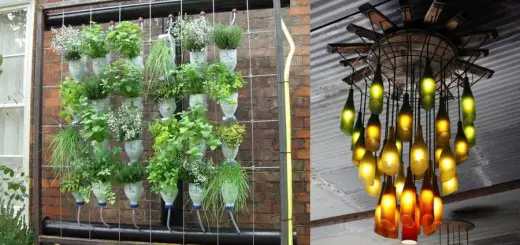Home Insulation Brief Guide
It is hard to imagine these days a house is not insulated, for reasons which are first of all related to costs then the comfort. A well-insulated house keeps the heat inside over the winter, very important especially since the thermal energy is becoming more and more expensive, while it preserves coolness inside during the hot summer days. Specialists say that about half of the heat lost from your home each year escapes through its walls and roof. Insulating your home can give you significant savings on your heating bills as well as reducing carbon dioxide emissions and ensuring sound proofing. But since we are convinced you already knew the benefits, here are some advice on proper home insulation:
First of all, locate the problem areas, whether we speak about walls, attic or floor. For instance, many older homes have little or no insulation in areas such as an attic space. After finding the source of the heat loss, find the right insulating material, with the options ranging from polystyrene boards, plasterboard and mineral wool and fiberglass.
Polystyrene boards are the handiest option to insulate walls. They are covered in boards of various thickness (the thicker, the better insulated walls are) which are glued to the walls with special adhesive and fixed with special clamps. The polystyrene layers is then covered with plaster. The same process is recommended for internal walls insulation.
Secondly, plasterboard insulation goes hand in hand with mineral wool. A layer of mineral wool is inserted between the wall and the plasterboard to prevent dampness from settling in. if you choose this method to insulate your walls, you should also know a plasterboard can also be sued to straighten some imperfect walls or to cover some pipes and wires. Even though a plasterboard insulated wall is firmer than one clad in polystyrene, the first option take up more space in a room while ensuring a lower thermal insulation than the second option.
Last, but not least, the fiberglass, an efficient and flexible material which specialists recommend for attic spaces insulation since it can fill any inaccessible corner. More than that, fiberglass also ensures a high sound proof insulation. Basalt mineral wool is another option, but this heavy product is recommended for areas where higher rigidity and resistance is required, such as roof tops. You can also go for natural wool or cellulose if you seek natural materials to insulate a home.



















I had no idea that there were so many options when it came to picking a type of insulation. I always figured that fiberglass insulation was the only viable option, because that’s what my father used all the time. I’m assuming that you can get most of these types of insulation from any supplier, but I’ll probably go ahead and give mine a call. I’m trying to touch up some insulation in my home, and all of this was really great advice, especially the little tidbit about fiberglass acting as a good sound insulator, which I wasn’t aware of before. Thanks for sharing!